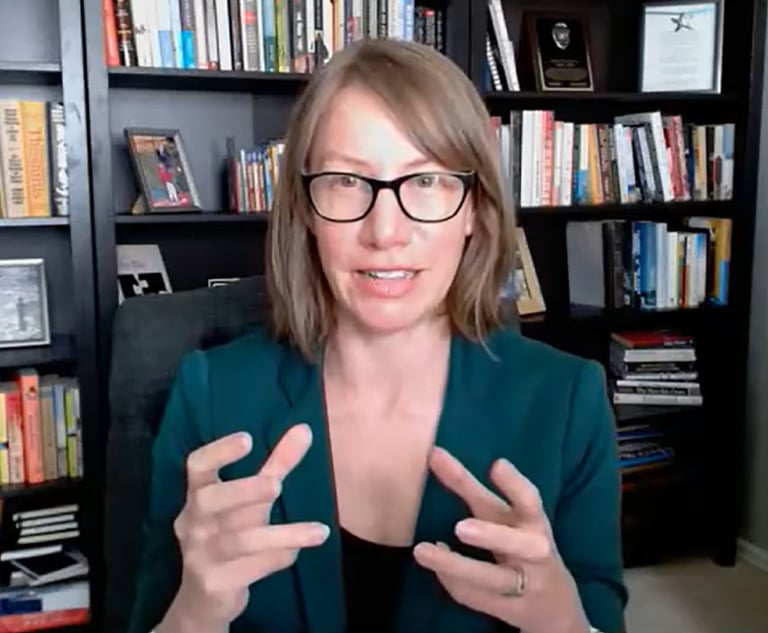Little creates as much havoc in civil litigation as an ill-conceived or misunderstood protective order. Yet many parties rush through the process of negotiating and preparing a protective order, often delegating the task to young associates with little experience in identifying and surviving the pitfalls associated with them. There is no good substitute for experience. But careful consideration of the dozen questions posed below will help avoid some of the more common rookie mistakes.
(1) How many and what confidentiality tiers are appropriate?
Protective orders often have multiple levels of protection. For example, in a three-tier order, a “Confidential” label is typically used to keep information available to all parties and their counsel but prevent disclosure to the public. A “Highly Confidential” designation may limit access to specific individuals and counsel for each party, and may be used to limit the parties’ technical employees’ access to core case material. A third tier, “Attorneys Eyes Only” may be used to limit disclosure to outside counsel only, or a mix of outside and in-house counsel who may be restricted from or uninvolved in business and development activities related to the underlying technologies or confidential information. A two-tier system (often “confidential” and “attorneys eyes only”) may be a better solution in simpler cases, as they are generally easier to manage and less prone to the human error that may occur while designating and managing designated information.


 Phillip M. Aurentz (left) and Aimee P. Fagan (right), partners with Sidley Austin (Courtesy photos)
Phillip M. Aurentz (left) and Aimee P. Fagan (right), partners with Sidley Austin (Courtesy photos)




